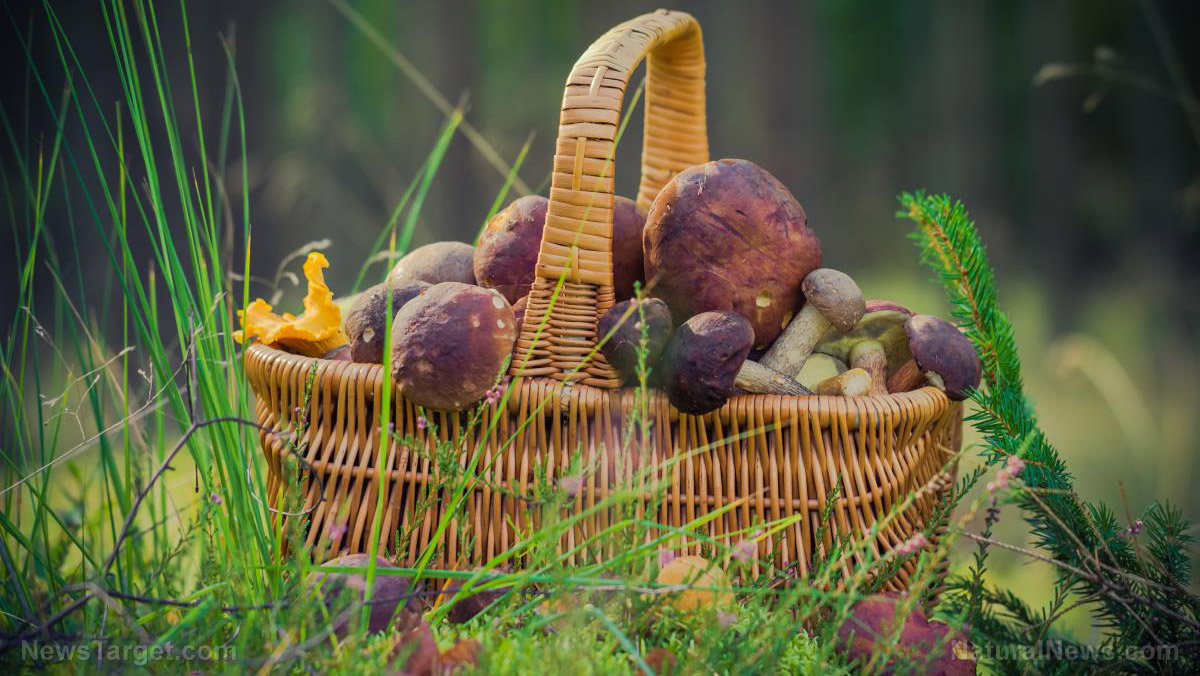
Advertisement
Though quite simple in theory, gardening isn’t an exact science. Even seasoned gardeners aren’t immune to the occasional gardening mishap. But through trial and error, many gardeners have also learned that certain plants shouldn’t be planted together. Conversely, some plants thrive when planted next to each other.
This practice of growing different plants together is known as companion planting. As a gardening strategy, it allows gardeners to maximize the growth of their plants.
Certain plants, when planted together, can also protect each other from pests and boost soil fertility. Some may even act as a trellis for their neighbors’ vines to climb onto. Planting a tall, sun-loving plant near a low, shade-loving plant can protect the latter from the harsh rays of the sun, while planting wide, ground-covering plants next to thin, upright plants discourages weed growth. Some gardeners even swear that proper companion planting can lead to better-tasting crops.
What are some good plant pairings?
Plants that grow well together are called companion plants. Some good pairings include:
- Corn and beans – Corn and beans help each other grow. Tall corn stalks serve as a natural trellis for climbing bean varieties, while beans provide nitrogen that corn needs to grow.
- Carrots and tomatoes – Carrots help aerate the soil, prepping it for tomatoes. Meanwhile, tomatoes provide shade for the carrots and even protect them from weevils and other pests.
- Lettuce and chives – Chives help repel pests that are attracted to green, leafy vegetables. If you have lettuce plants in your garden, plant them next to chives for natural pest protection.
- Cucumbers and peas – Peas help cucumbers better absorb nitrogen from the soil.
- Pumpkins and corn – Both pumpkin and corn need full sun during the early stages of their growth. However, pumpkins won’t need as much sun later on. When the corn’s stalks grow tall and tower over those pumpkins, they create partial shade for the pumpkins.
Flowers also have a place in companion planting. Some flowers offer their companion plants pest protection by attracting beneficial insects like pollinators and repelling pests with their scent. Here are some of the best flowers for companion planting.
What not to plant together
The following are pairings that don’t go well together. Avoid planting them next to each other.
- Corn and tomatoes – Both corn and tomatoes are prone to fungal diseases. They could easily infect each other if they’re planted together. Keep these plants on opposite sides of your garden.
- Tomatoes and potatoes – Potatoes are also prone to getting fungal infections. If one gets a fungal infection, then the others will likely get it as well. Keep potatoes away from tomatoes.
- Peppers and potatoes – Potatoes can easily pass fungal diseases to pepper plants. You’ll want to avoid planting these two together.
- Cucumbers and potatoes – Cucumbers don’t grow very well when planted next to potatoes because the latter are heavy feeders, meaning they need a lot of nutrients to thrive. Potatoes could end up taking all the nutrients from the soil that cucumbers also need. If you want to grow juicy cucumbers, keep them away from potatoes.
- Cabbage and lettuce – Though it might seem intuitive to plant leafy greens together, lettuce and cabbage don’t like each other. Cabbage, being a cruciferous vegetable, has certain root secretions that can prevent lettuce seeds from germinating.
Additionally, you’ll want to avoid planting onions with asparagus, beans and peas. Onions like to absorb all the nutrients they possibly can. They can definitely end up taking nutrients away from other plants. Onions, together with garlic and leeks, also can’t stand being planted next to beans, beets, cabbage, carrots, cauliflower and cucumbers.
Companion planting is a great way to maximize plant growth, naturally prevent weeds and eliminate pests. Try companion planting today by growing the companion plants listed above.
Sources:
Advertisements







